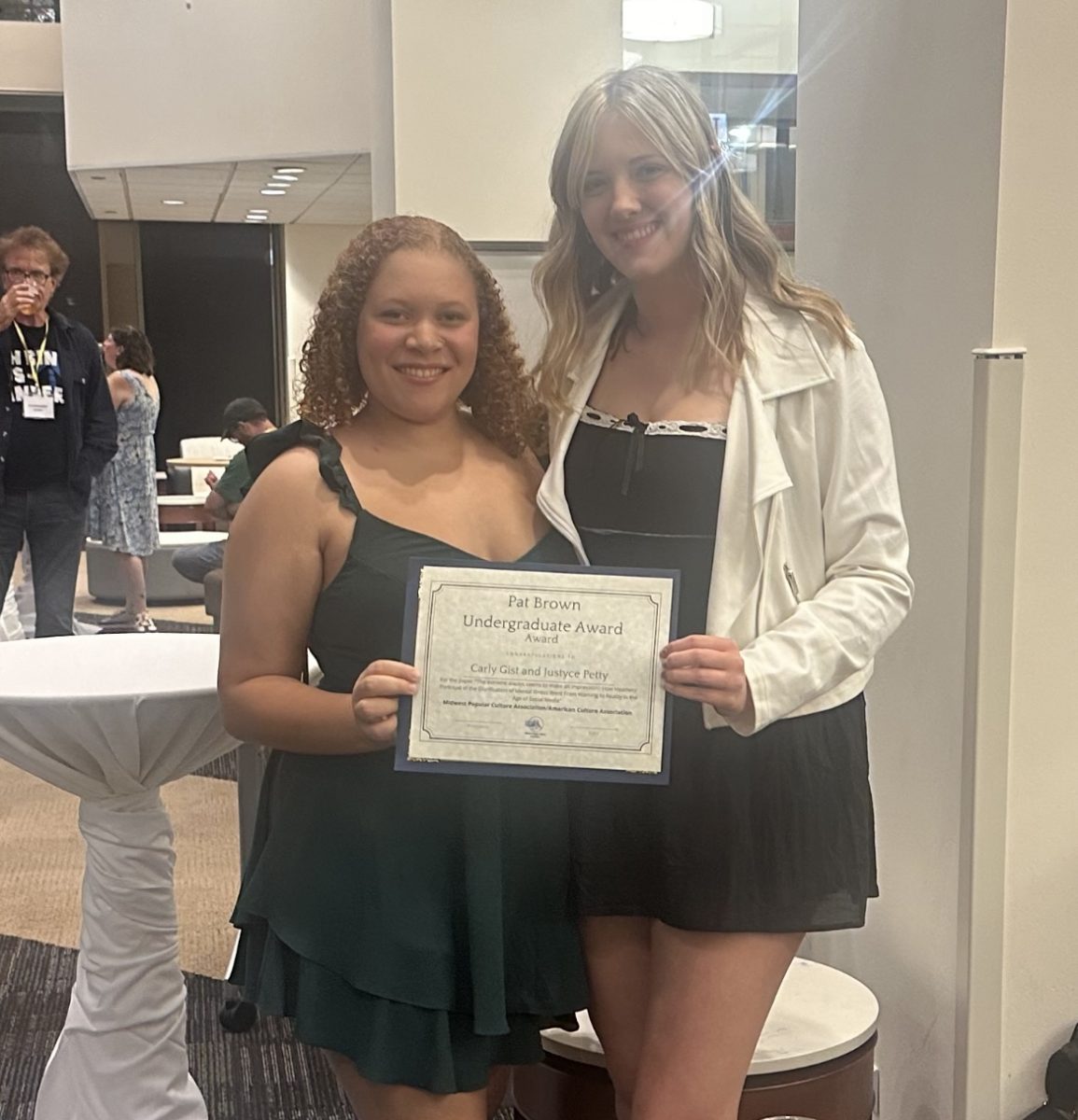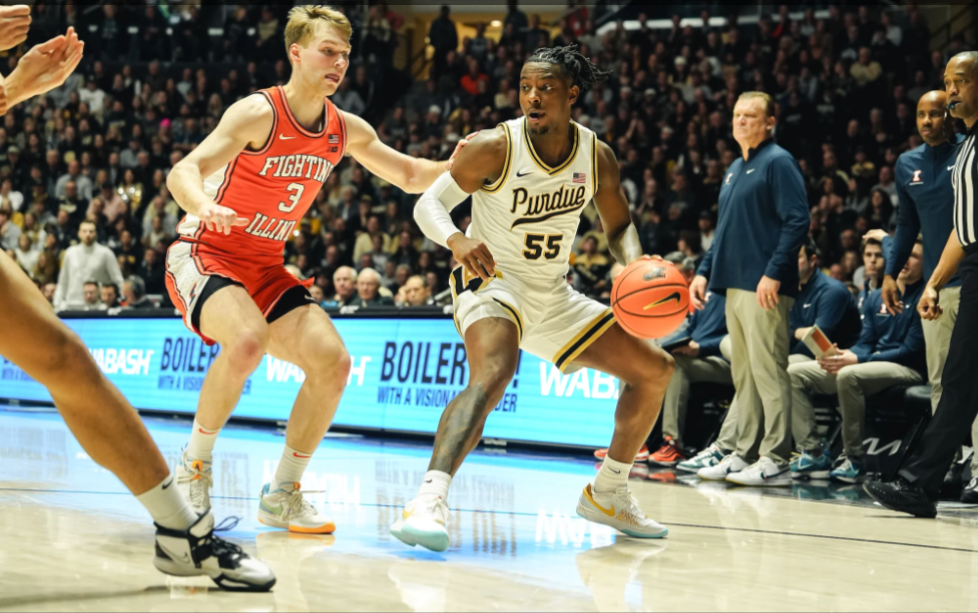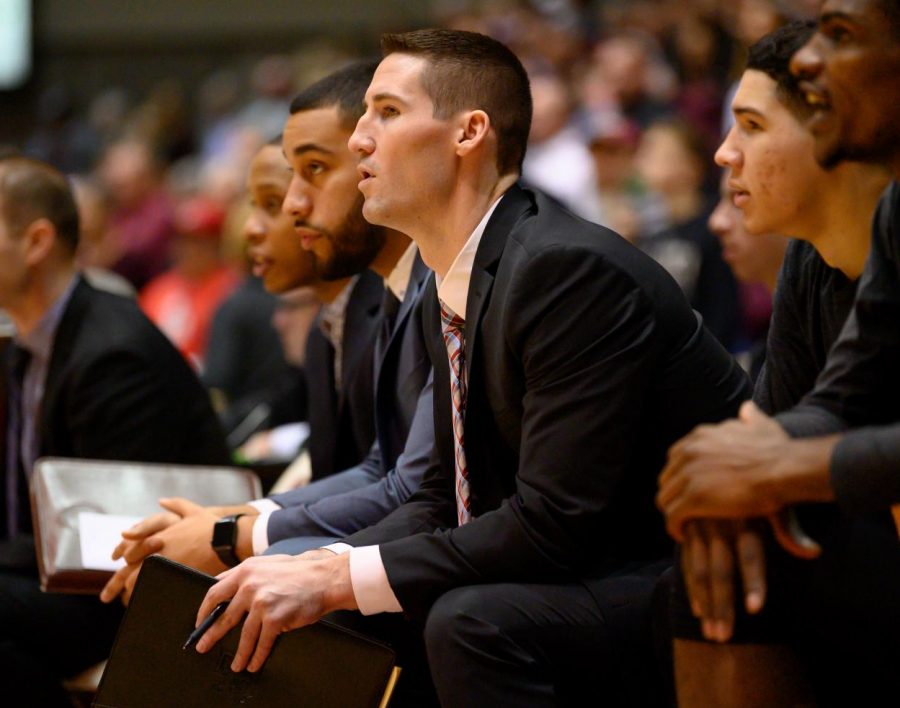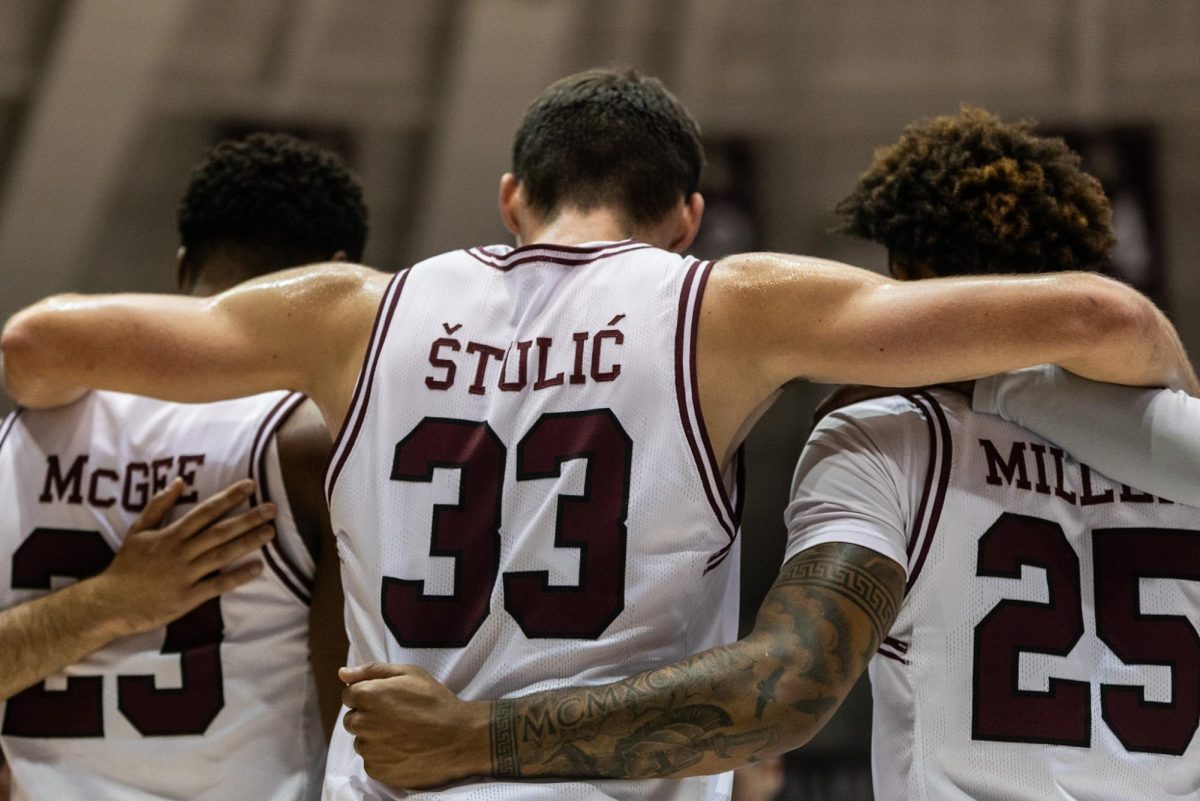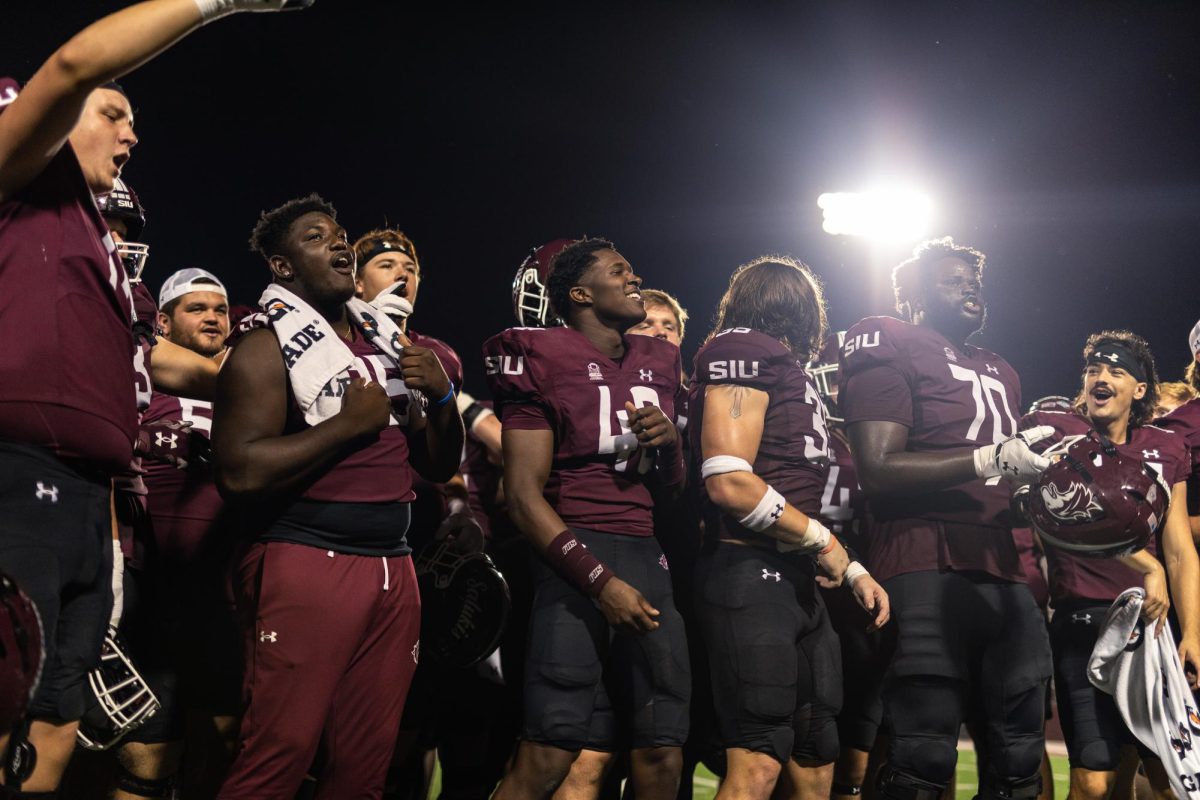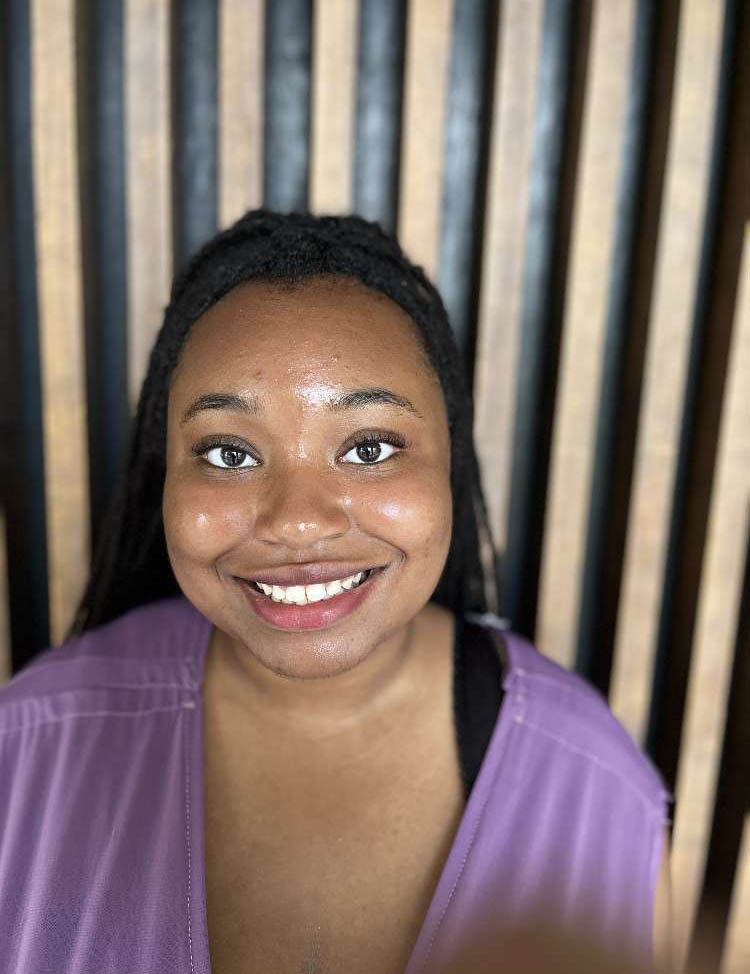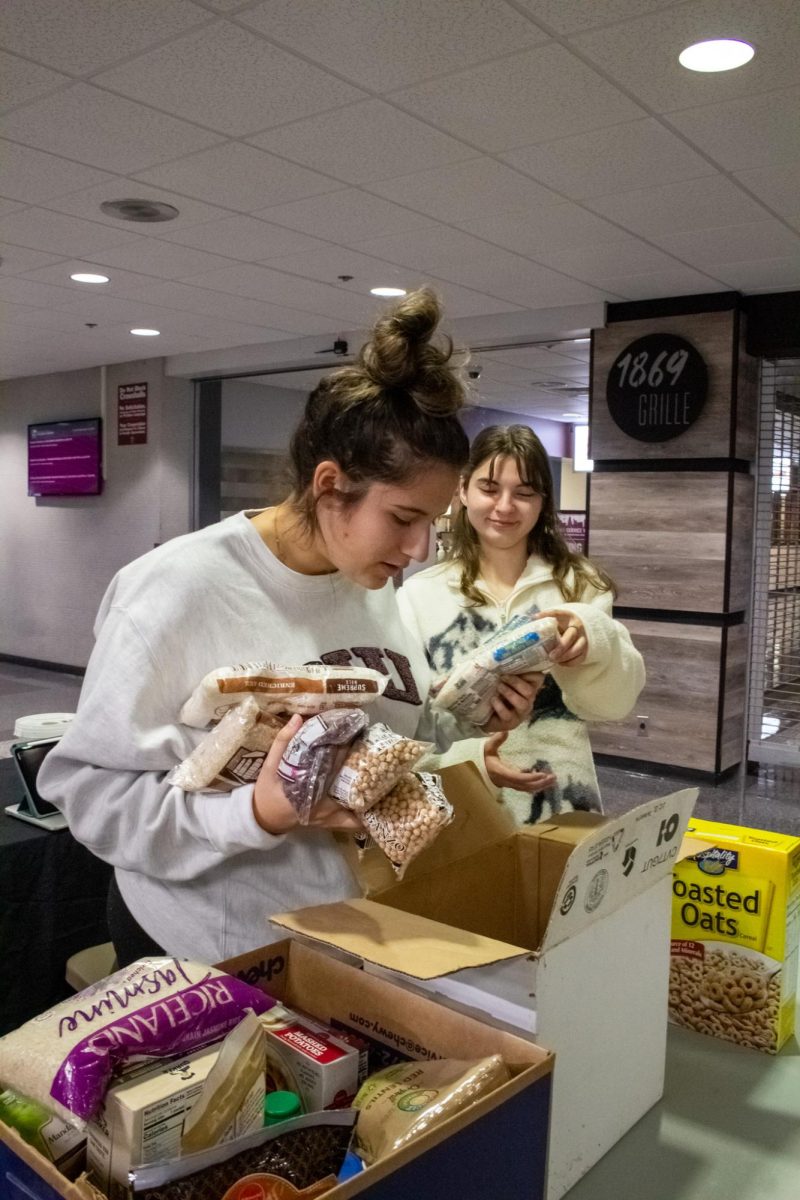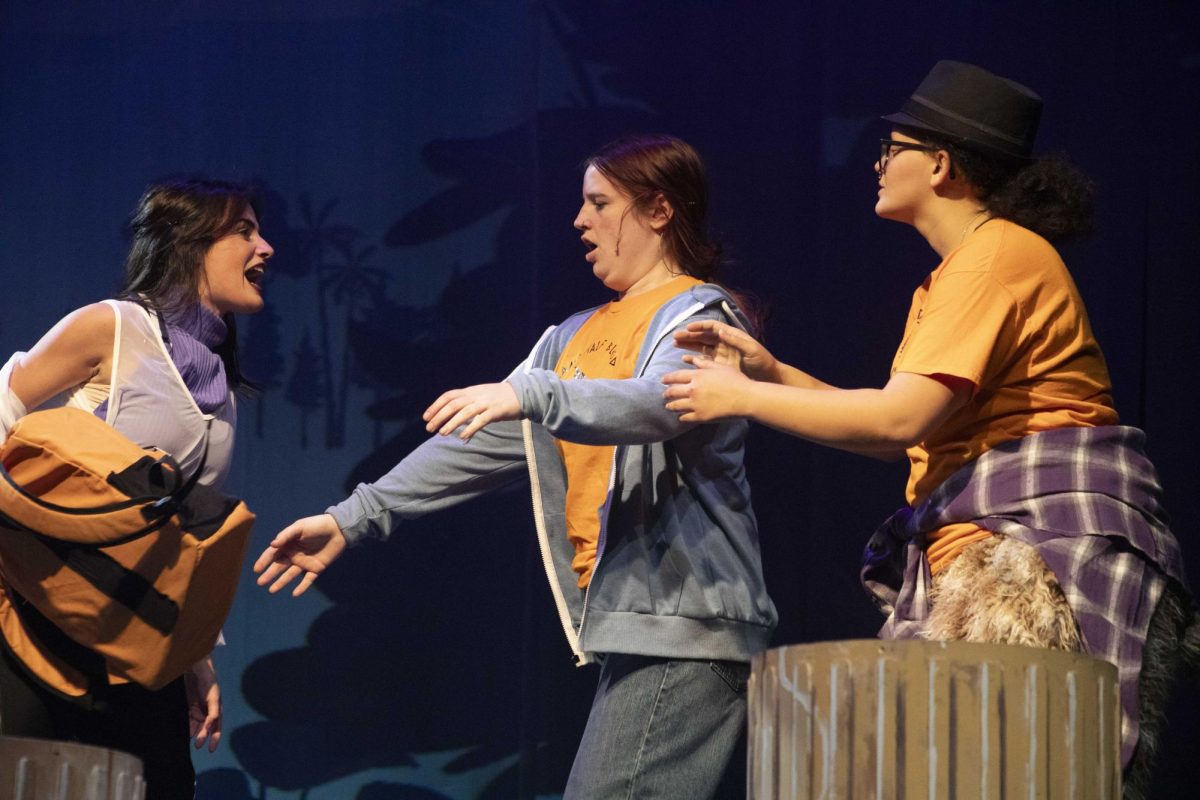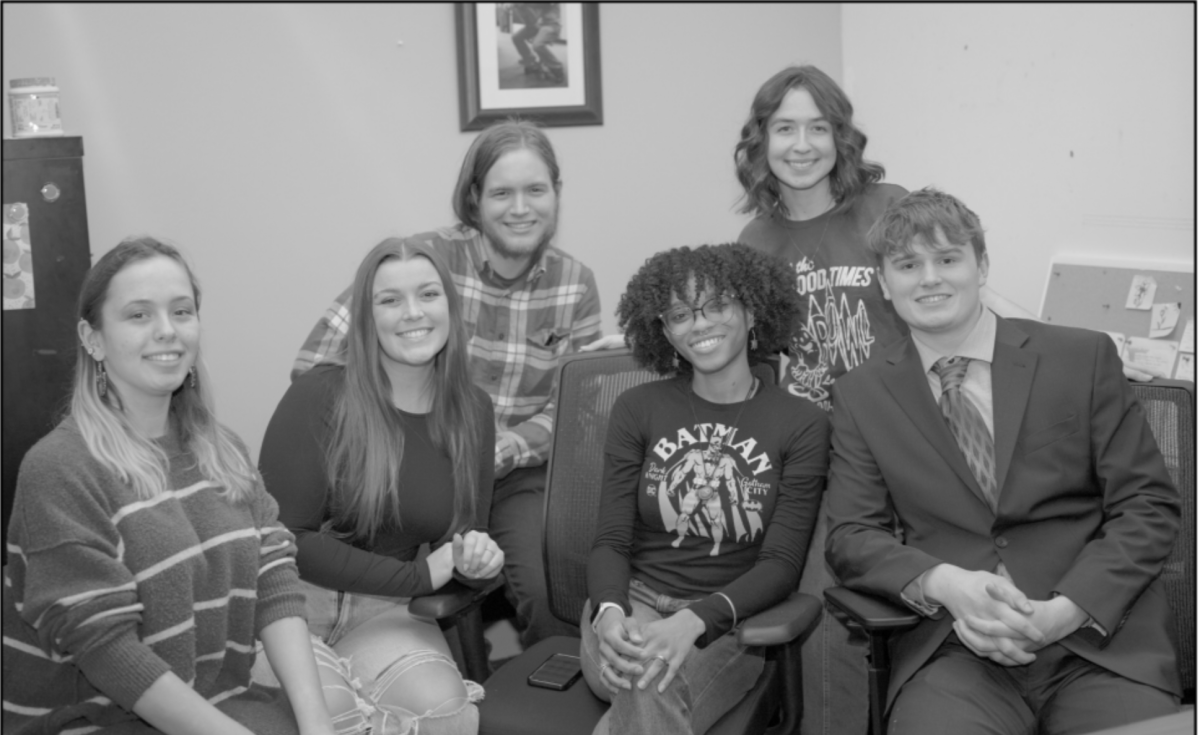When you read an article, what is the first question you ask yourself? Do you think of the potential bias? Do you fact check? In the age of artificial intelligence and fake news it is even more important to be media literate. It can be hard to notice these things, especially as technology advances and it becomes harder to distinguish truth from fiction. In honor of Media Literacy Week, let’s deep dive into it.
Media is a part of our life. We absorb information at every moment of every day. We look at media through our phones, computers and televisions. There are pros to most media, just as there are cons. Media can breed creativity, providing outlets for people to express themselves. It can also spread information quickly, allowing people to learn about things faster.
Advertisement
While this is beneficial, it can also be a double-edged sword. The creativity can evolve into deviance, and morally corrupt media can be made. The spread of information can cause the spread of misinformation.
Misinformation is defined by The National Association of Media Literacy Education (NAMLE) as false information, while disinformation is defined as false information that is intended to trick or mislead people. NAMLE is an association of educators who place importance of media literacy.
But many Americans are undereducated in media literacy. According to Media Literacy Now, an organization that researches and releases data on media literacy, a majority of Americans were not taught how to analyze media. In a survey, they found that 62% of respondents felt they did not have an opportunity in class to reflect on media messages, such as advertising or on TV programs, and how they might affect people’s thoughts, beliefs, feelings or actions.
Advertisement*
There has been a call for more cohesive media literacy education in the nation, with the rise in media exposure in younger generations. Younger people are on the internet earlier than ever, so teaching them how to think critically about the media they are consuming is important.
According to Media Literacy Now, children aged 2 to 8 spend an average of two hours per day consuming media of all kinds. Children aged 8 and 12 spend four to six hours. Additionally, adolescents over 12 years old spend an average of seven to nine hours per day.
This education can be beneficial all of the time, but being media literate can benefit people especially during election years. Candidates and their associates can say things that are half-truths or just full-on lies. There are many places to fact check, one being The News Literacy Project. They have a couple of places to find election information, including fact checking. There are plenty more, like Snopes, https://www.snopes.com/ ; Politifact, https://www.politifact.com/ (which is a part of Poyner); and RumorGuard https://www.rumorguard.org/ (which is a part of The News Literacy Project).
The trick to finding the balance is finding resources, of which there are many.
The National Association of Media Literacy Education, https://namle.org/about/, is a good resource because it has a lot of information in regard to media literacy. It has a lot of resources for children, including free activities.
Media Literacy Now, https://medialiteracynow.org/about/mission/ ,
is similar, providing free media literacy research.
Media literacy is super important for people to know, and not something to ignore. Most people have seen a social media post that they took as a truth when it was not. Knowing how to process information given to you can make the difference in your life.
I know personally I have been tricked by AI images or fake news. It takes one glance and a moment for you to make a decision about something. It takes another to realize that it may be manipulated. Especially during election season, please be careful about the information you consume.
Advertisement






